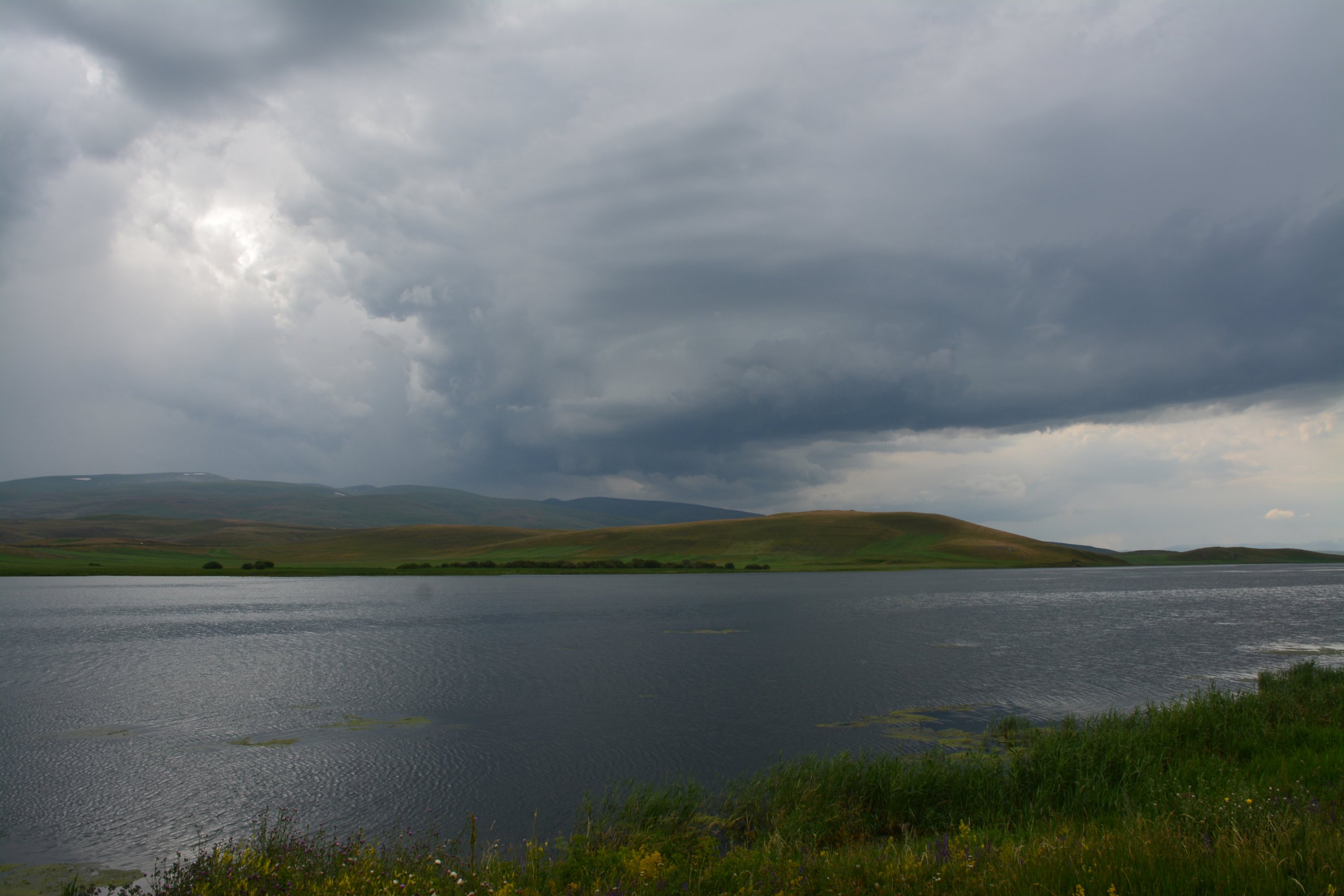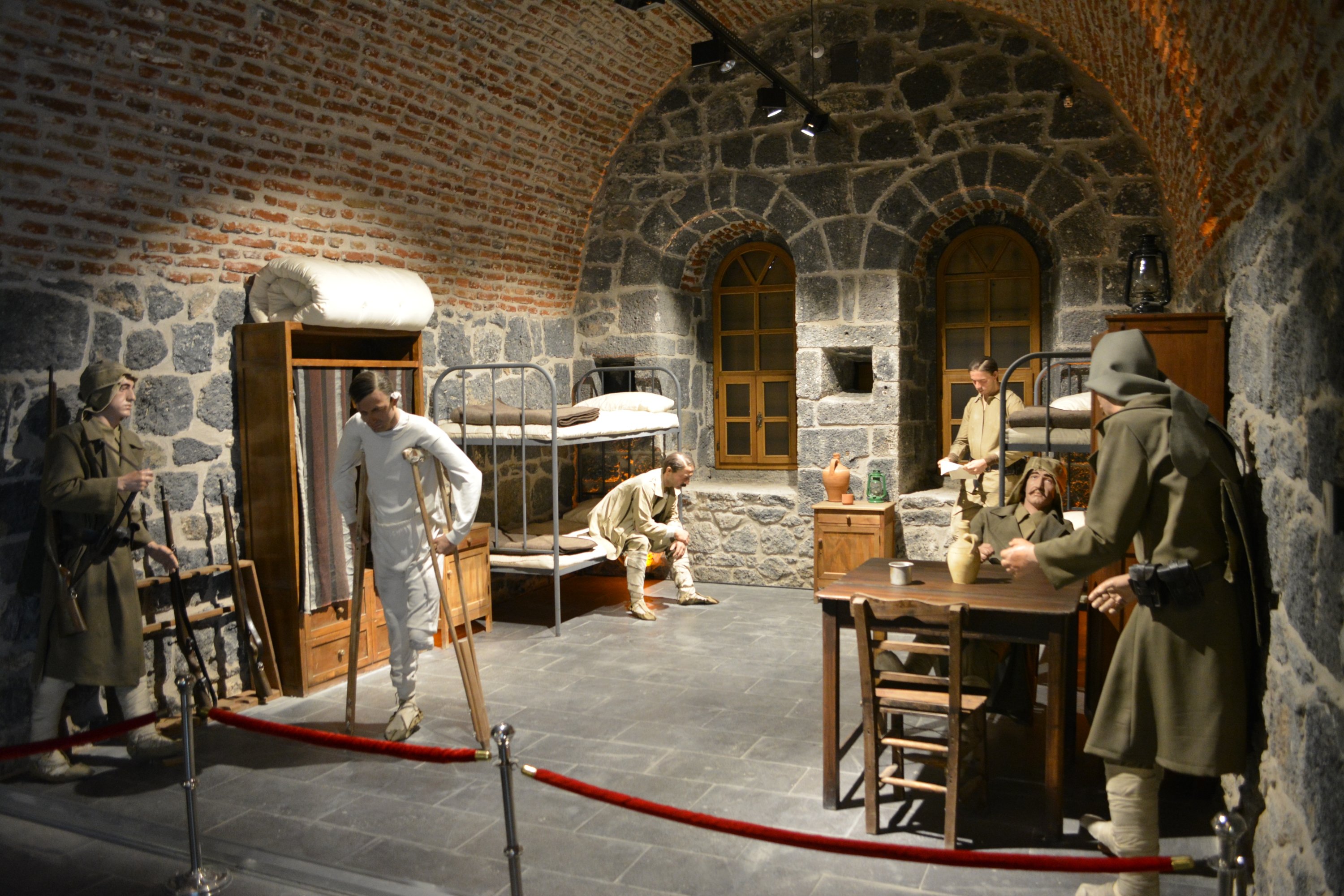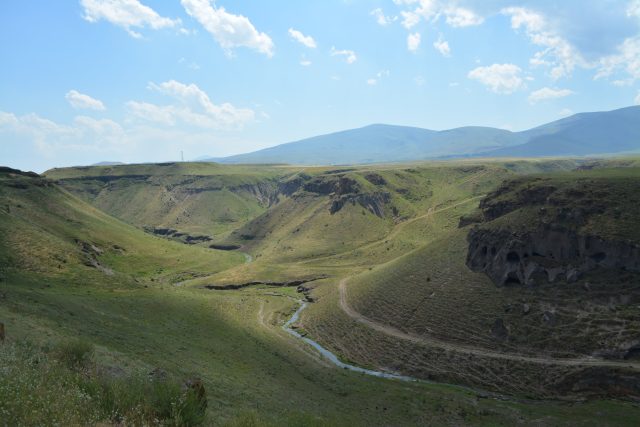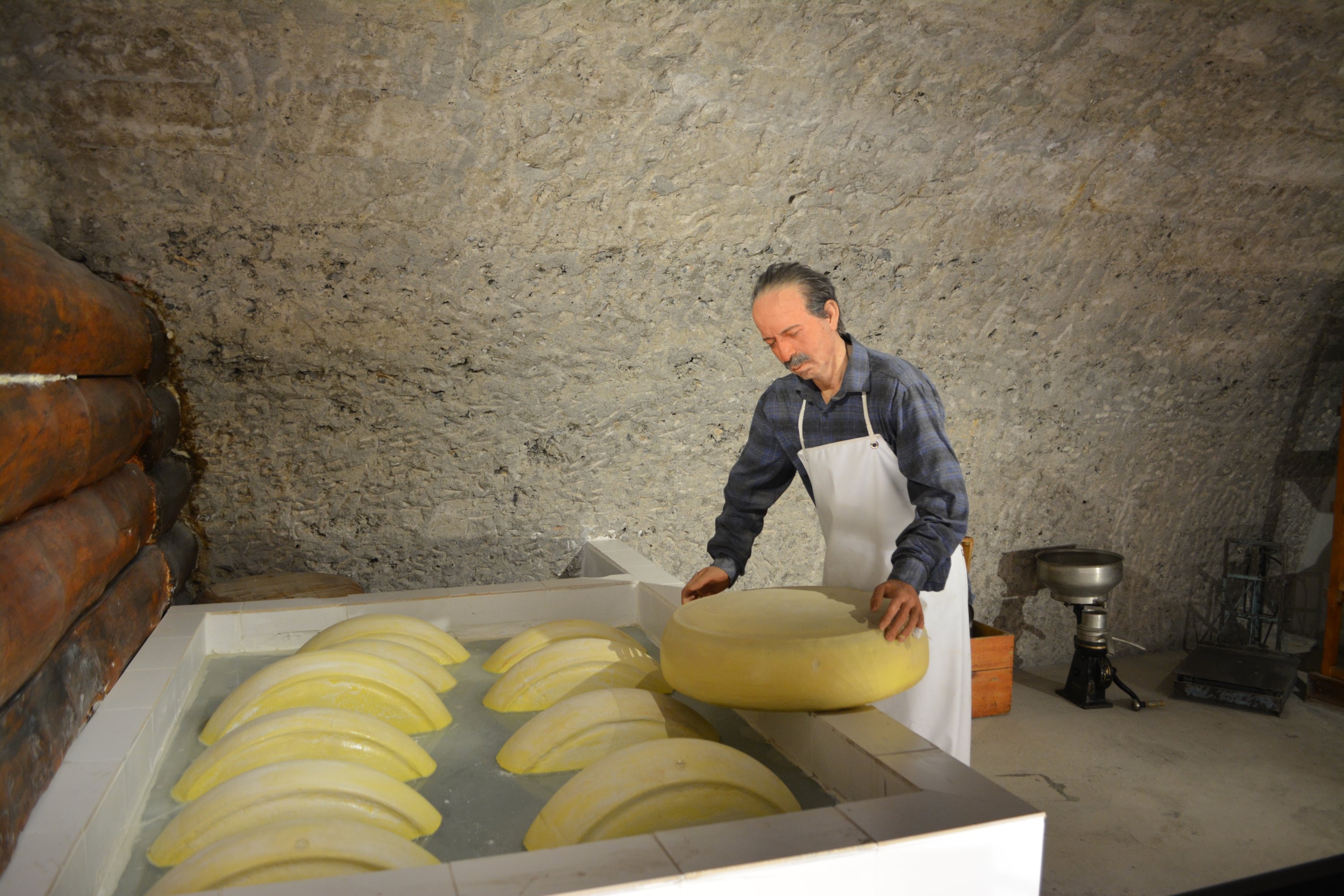Situated on the eastern side of Türkiye along the border with neighboring Armenia, where the rugged landscapes meet a rich tapestry of history and culture, lies the small but very charming Kars province.
I recently traveled with a group of Turkish journalists to Kars to discover the tourism potential of the region upon an invitation by the Serhat Development Agency, which hosted me during my stay.
Mainstream tourism enthusiasts often overlook the eastern parts of Türkiye although the provinces in the region are home to a rich history, diverse cultural mosaic, natural beauty and rich culinary offers.
Historically, Kars has hosted a large number of civilizations and political rulings, from Abbasids to Seljuks, from Mongols Ottomans to more contemporarily Russians and finally the modern Turkic republics. As a result, you are able to walk through history as you wander around the city center with visible architectural differences. The cultural identity of Kars is also unique and has a captivating diverse cultural mosaic. The first settlements in Kars are said to date back to the 13th millennium B.C. and the local population is composed of Turkish, Kurdish, Terekeme, Malakan and Dukhobor ethnic communities. The rich and diverse ethnic composition is also reflected in its delicious cuisine, where the taste of Anatolia is mixed with flavors from Central Asia and the Caucasus. In addition, diversity has led to a unique harmony among the people welcoming the visitors with warmth in the freezing city.
Among the most famous places in Kars is the ancient city of Ani, which was included in the UNESCO World Heritage List in 2016. The archeological site is located about 40 minutes east of the city center. The medieval city, which overlooks Arpaçay and Alacasu valleys, and was once a stopover of the Silk Road in Anatolia, is believed to date back to the fifth millennium B.C. The city is built on a 78-hectare area and protected by surrounding walks that run for 4.5 kilometers (2.8 miles) in length. The visitors enter the site through the most famous gate of the city, which is called the Middle (Lion) Gate. Within the walls of the ancient site, there are more than 20 buildings that are well preserved. The city, due to the transition from one civilization to another, hosts ruins of different religions, including mosques and churches, and is home to the first mosque built by the Turks in Anatolia in 1072 ( Ebul Menuçehr Mosque) where you can see rich Seljuk motives on its ceiling. The best-preserved building in the city is the Great Cathedral, also known as the Fethiye Mosque as it was converted into a mosque in 1064 following the conquest by Muslim Turks, was built in A.D. 990, and was said to have been completed by 1001. The architecture of the cathedral is said to be Tiridat Usta, who also renovated the then-Hagia Sophia Church in Istanbul in the same period. Other notable buildings on the site are the Tigran Honents Church, The Monastery of the Hripsimian Virgins, Seljukian Caravansary, St. Prkich (Keçel) Church and the Silk Road Bridge.
In addition to Ani, Kars is also home to several other historical sites in and around the city center, including Kars Castle which was built by Firuz Akay, the vizier of Melik Izzeddin, the sultan of the Saltukians, in 1153. The castle is located on one of the highest peaks in the city center where visitors can climb up to enjoy great views of the city while having Turkish tea or coffee at the cafe that is open to the public. In the evenings, the cafe featured live traditional Turkish music, which made it particularly enjoyable.
Another captivating thing during a visit to Kars is the diversity in the architecture of the city buildings. Traveling across Turkiye, one expects Roman, Seljuk and Ottoman architecture. In Kars, however, the visits are welcomed by the Russia-built buildings inspired by the Baltic architecture style as the city was under Russian occupation for 40 years following the Ottoman-Russian War.

A great example of the Baltic style architecture is the Cheltikov Mansion, built in 1874. While it was home to a Russian family initially, it later served as an opera building among other functions. Currently, it is used privately as a hotel.
Katerina Hunt Pavilion in Sarıkamış is believed to have been built by Czar II Nicola in 1896 for his wife. Parts of the mansion are built by stone and others are built by a method where the wood blocks are connected without using any nails. According to tales, while the mansion was said to be built for his wife and used as a hunting pavilion, in reality, it was used as a safe haven for Czar’s ill son Alexey for rehabilitation.
Architecture buffs will particularly enjoy the diversity in the city.
Another significant building in the city is the Ebul Hasan Harakani Mausoleum. Harakani was one of the first Muslim Sufi saints to arrive in Anatolia in the 10th century as part of the Seljuk incursion from Turkmenistan to Anatolia. He is believed to have contributed significantly to the expansion of Turkish and Islamic culture into Anatolia. The famous Sufi master and 13th-century philosopher Mevlana Jalaluddin Rumi is said to have been influenced by Harakani’s teachings.
Visitors can also enjoy natural beauty, particularly during winter months. Although it offers lush green meadows, lakes and mountains, which can be great to visit during spring and summer months, winter sports and adventure enthusiasts will particularly enjoy the good quality snow in ski resorts in Kars or enjoy Lake Çıldır, which freezes for the most of the winter months. Lake Çıldır has become very popular in recent years as it turns into a magical ice-skating rink or can be visited to experience sleighs pulled by horses.

Any visit to Kars must include time for tasting the regional flavors and those unique to the province. Kars is mostly known for its famous aged Kashar cheese and gruyere. In addition, Kars is also famous for several honey types given its rich flora. Kars goose is another dish that is famous and unique to the province. The dried goose meat is consumed in winter as a source of protein after it is boiled in water and roasted before it is served with a pilaf cooked with broth. If you are a meat lover, Kars will not fall short of meat dishes. Evelik is a type of soup made with the evelik plant and piti, which is a soup with a chunk of meat on bone, chickpeas and pita bread.
For Turks, when Kars is mentioned there is also a bitter memory as they remember the Battle of Sarıkamış between the Russian and Ottoman empires during World War I. The Ottoman commanders launched the offensive to push back the advance of Russian forces upon the empire’s eastern borders in December 1914. Yet, the poorly prepared Ottoman army quickly succumbed to the weather with scores of troops lost in blizzards. Only a few units actually reached Sarıkamış, which was then under Russian occupation. Official records from the Turkish Armed Forces (TSK) say some 60,000 soldiers died from cold, hunger and hypothermia because the soldiers were not wearing suitable uniforms.
Overall, there is a lot to be experienced and discovered in the Kars province both in cold and warm months, and the hospitality of the locals makes you feel special regardless of the activity you take part in.






